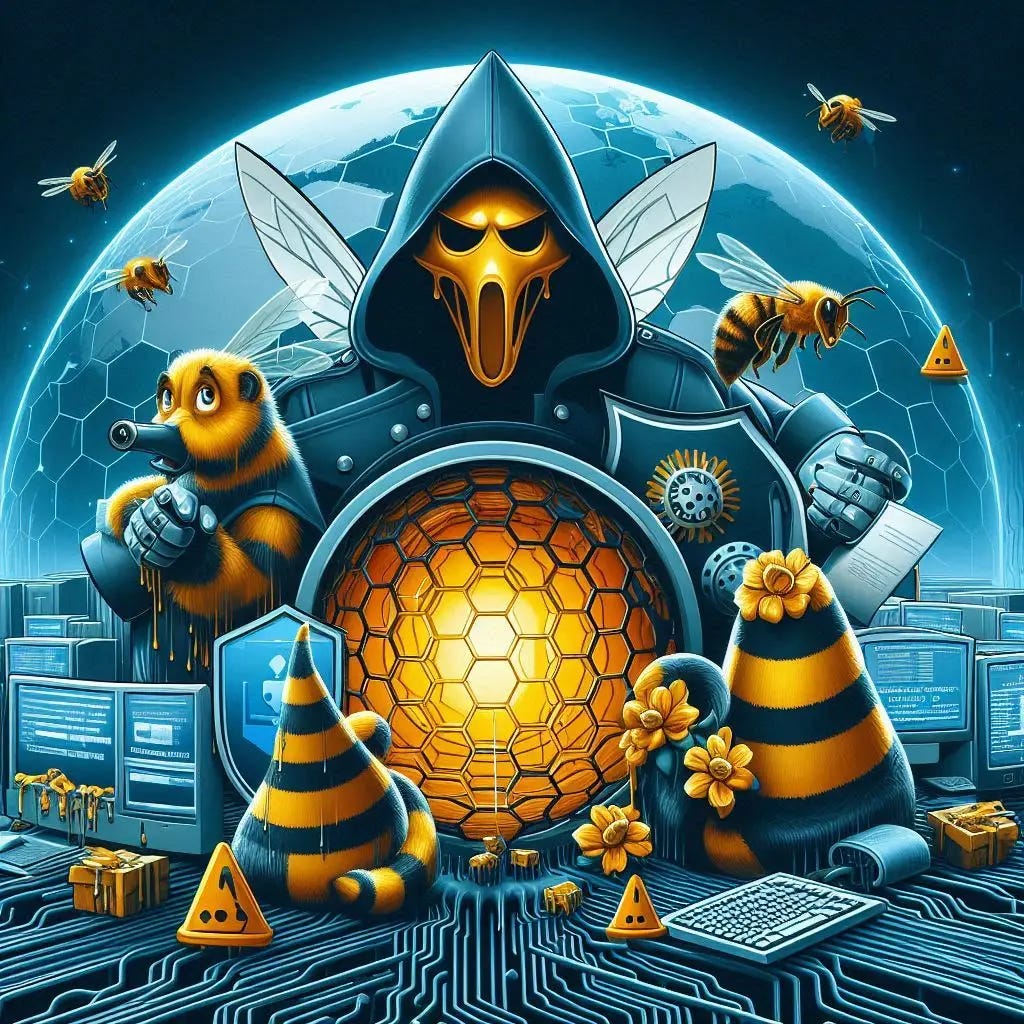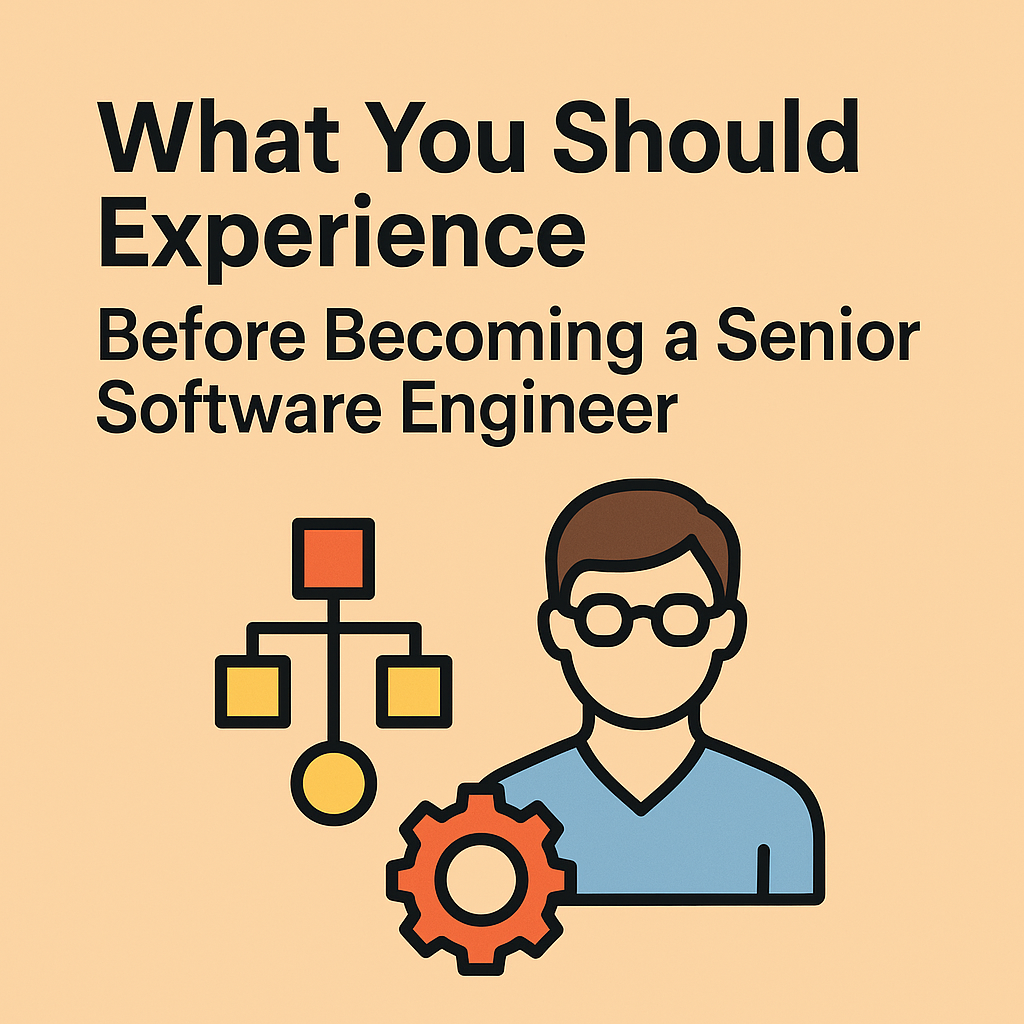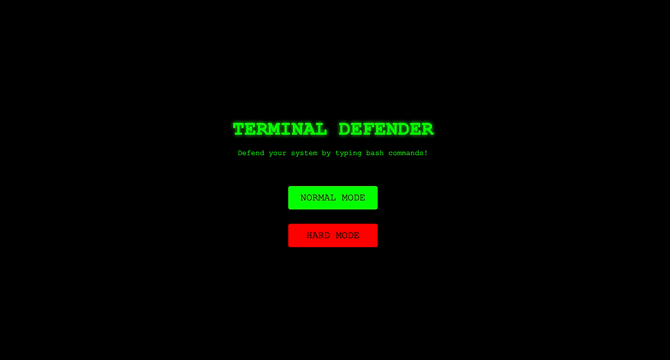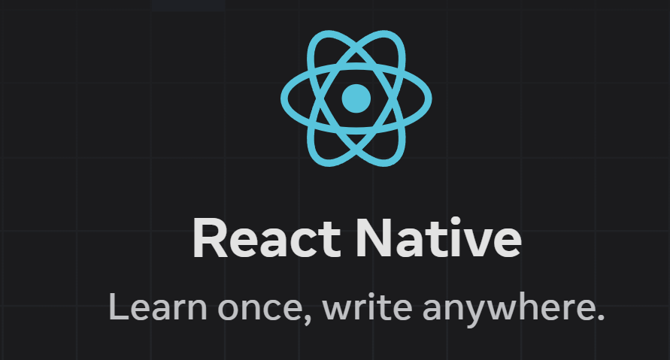Programming News
Medium
259
Image Credit: Medium
Today Is When Architects Shine: Steering Software Teams in an AI‑Enhanced World
- 41% of new code is AI-generated, with startups reaching 95% AI-written lines.
- Increased use of AI in coding leads to a rise in cloned blocks and challenges software maintainability.
- Unexplained codebases generated by AI tools pose a liability; rebuilt by professional engineers is crucial.
- The strategic value of code becomes more critical as AI minimizes the marginal value of additional code.
- Architects need to decide which changes are worth implementing in an AI-enhanced coding environment.
- AI tools have quadrupled duplicate code, emphasizing the importance of architectural judgment in managing code quality.
- AI's ability to produce structureless code highlights the necessity of intentional design in the software development process.
- Architectural thinking must be integrated into the software delivery loop to avoid creating brittle, fast-produced code.
- Architects now focus on setting constraints rather than just shipping lines of code, to prevent wastage and maintain efficiency.
- Great software architects play a crucial role in guiding software development by making strategic decisions and fostering shared models.
- Constraints imposed by architects can enhance creativity by allowing space for innovative ideas instead of maintaining unnecessary complexity.
- AI's role has shifted the focus onto software architects, highlighting the value of intentional design and decision-making in software development.
- The success of organizations lies in having architects who can prioritize what to build, what to eliminate, and when to change direction in the software development process.
- Architecture in software development is seen as a dynamic conversation rather than rigid rules.
Read Full Article
15 Likes
Medium
399

Image Credit: Medium
Top 5 Quantum Programming Languages to Learn in 2025
- Quantum computing is steadily growing, being in the research and early deployment phase with significant investments from tech companies and academic institutions.
- There is an increasing demand for developers and learners to familiarize themselves with quantum programming tools.
- This blog provides an overview of the five most relevant quantum programming languages in 2025, their applications, and how to begin learning each.
- 1. Language: Qiskit, Developer: IBM, Base: Python.
- 2. Qiskit is an open-source quantum development toolkit by IBM, allowing users to create and run quantum circuits. It supports simulators and enables running code on real IBM quantum processors via the cloud.
- 3. Best suited for beginners, educators, and developers aiming for real hardware experience.
Read Full Article
24 Likes
Medium
63

HTML to WordPress: A Step-by-Step Migration Guide for Modern Websites
- Businesses, bloggers, and service providers are migrating from HTML to WordPress.
- Steps for migration: Install WordPress, use a professionally built theme for faster development.
- Recommended theme collection: VW Themes with industry-specific options.
- Replicate HTML site structure in WordPress, transfer content using the block editor.
- Enhance functionality with plugins like Redirection for SEO preservation.
- Preparation steps before going live are crucial.
- VW Themes offer themes that aid in website development and performance.
- Migrating to WordPress in 2025 is considered a smart upgrade with guidance and tools.
- Switching to WordPress saves time from scratch designing.
- Consider VW Themes for modern, responsive, and customizable themes.
Read Full Article
3 Likes
Medium
187

Image Credit: Medium
Defeating Nation-State-Grade DDoS Attacks with Honeypots and Sinkholes: A Strategic Guide for…
- Nation-state actors deploy sophisticated DDoS attacks as instruments of hybrid warfare.
- Traditional defenses like firewalls are reactive; honeypots and sinkholes offer a proactive approach.
- Honeypots are deliberately vulnerable systems that attract attackers for observation and intelligence gathering.
- Sinkholes redirect malicious traffic away from targets to controlled infrastructure for analysis.
- Honeypots and sinkholes, when used together, form a layered security mechanism.
- Honeypots collect qualitative data on attacker tactics, revealing insights into attacks.
- Sinkholes intercept known malicious traffic to capture quantitative data at scale.
- Together, honeypots and sinkholes create a feedback loop of cyber resilience.
- Integration of these systems into threat intelligence platforms enables automated responses.
- A Southeast Asian government effectively countered a Layer 7 DDoS attack using proactive strategies.
- Honeypots and sinkholes shift the cybersecurity paradigm from reactive to strategic.
- Investing in deception technologies empowers organizations in asymmetric cyberwarfare.
- Integration of honeypots and sinkholes provides visibility and opportunity in cyber defense.
- Empowering organizations to outsmart adversaries by leveraging proactive cyber intelligence.
- Transitioning from passive defense to active understanding and dismantling of cyber threats.
- Honeypots and sinkholes offer a strategic advantage in cybersecurity operations.
Read Full Article
11 Likes
Discover more
- Software News
- Web Design
- Devops News
- Open Source News
- Databases
- Cloud News
- Product Management News
- Operating Systems News
- Agile Methodology News
- Computer Engineering
- Startup News
- Cryptocurrency News
- Technology News
- Blockchain News
- Data Science News
- AR News
- Apple News
- Cyber Security News
- Leadership News
- Gaming News
- Automobiles News
Dev
8

Image Credit: Dev
How Enterprises Can Use KS Wallet to Manage Digital Assets at Scale
- Enterprises are transitioning from pilot projects to live deployments using blockchain to solve real business challenges.
- KS Wallet, integrated into Kalp Studio infrastructure, offers flexibility with custodial, self-custodial, or MPC-based models.
- Custodial wallets, where the platform holds private keys, are favored by enterprises for smoother onboarding, oversight, support, and compliance.
- KS Wallet implementation by Kalp Studio enables enterprises to create custodial wallets, manage access, and sign transactions securely.
- In a real-world example with Thrive Women, KS Wallet in custodial mode streamlines microloan processes without exposing keys.
- For centralized crypto platforms like Umbrella WebFX, KS Wallet simplifies asset handling and compliance operations.
- KS Wallet offers benefits like smart contract integration, secure key custody, multi-user access control, auditability, and an MPC upgrade path.
- Operational advantages include faster time to market, centralized audit trail, simplified key management, and seamless integration with other Kalp tools.
- As enterprise demand for clarity, compliance, and control grows, KS Wallet provides a scalable solution for managing digital assets.
- The next steps involve setting up wallets for users in KALP STUDIO and integrating them into applications with minimal code.
- Community engagement is encouraged for further discussions and support on building with Kalp Studio tools.
Read Full Article
Like
Dev
165

Image Credit: Dev
Execute Python with Shebang - Make Your Scripts Executable
- The shebang line in a Python script allows it to be run as an executable command-line tool without needing to prefix it with 'python'.
- It consists of #! followed by the interpreter path, such as #!/usr/bin/env python3.
- Using '/usr/bin/env python3' makes the script more portable and environment-friendly as it searches for python3 in the user's current $PATH.
- To make a Python script executable, add the shebang line, give it execute permissions using 'chmod +x', and run it directly from the terminal.
- Moving the script to a directory in the $PATH allows it to be run from any location in the terminal.
- File extensions like .py become optional once the script has a shebang line and executable permissions.
- For scripts relying on virtual environments, the shebang can point directly to the virtual environment's Python interpreter path.
- By following these steps, Python scripts can behave like native Unix commands, becoming cleaner and more professional.
- The shebang line enhances script portability and usability, making them easier to share and run across different systems.
- Using #!/usr/bin/env python3 and making scripts executable are key practices for creating effective command-line utilities.
Read Full Article
9 Likes
Dev
114

Image Credit: Dev
🚀 15 Best AI Tools Every Developer Should Use to Crush Their Interviews 💻
- Developers can utilize AI tools to excel in coding interviews, system design, and resume optimization, ensuring success in tech interview rounds.
- 15 AI tools like Final Round AI, CoderPad AI, and Pramp AI provide simulated interview settings, real-time coding practice, and AI-powered pair programming.
- Tools such as Resume Worded, InterviewGPT, and LeetCode Copilot offer resume optimization, behavioral question mastering, and AI-guided problem-solving.
- Jobmojito, Karat AI, and Hirable AI assist in mock interviews, providing industry-level feedback, and analyzing job level compatibility.
- AlgoMonster, LinkedIn Career Coach AI, and Codeium focus on personalized DSA prep, LinkedIn profile optimization, and AI copilots for IDEs.
- Devv.AI, Interviewing.io, and LoopCV offer interview wisdom, practice sessions, and job application automation, enhancing overall job search strategies.
- The mentioned tools aid in improving coding skills, interview performance, resume quality, and job search efficiency, providing a competitive edge in the tech industry.
Read Full Article
6 Likes
Medium
221

Image Credit: Medium
The Path to Senior Software Engineer : Key Experiences
- Industry wisdom suggests needing about five years of real-world coding, testing, and project work to become a senior software engineer.
- View each year in the industry as gaining experience points (XP), leveling up with each feature developed and bug fixed.
- Early years may involve scripting and framework learning, while later years build a strong foundation in the software life cycle.
- To avoid appearing as a novice on your resume, prepare to write ample code, face challenges, and gain practical experience.
- To advance, aim to work in at least two different teams or companies, striking a balance between deep-diving in one codebase and diversifying.
- Gaining diverse experience across companies is considered essential for professional growth.
- While focusing on one codebase for a significant duration can offer in-depth insight and mastery of a specific technology.
- Continuous learning, adapting to different project requirements, and refining skills are key elements in the journey to senior software engineer.
- Networking, seeking mentorship, and contributing to open-source projects can accelerate career development.
- Embracing challenges and learning from failures are crucial steps in progressing towards senior roles.
- Prioritizing building a strong technical skill set, problem-solving abilities, and communication skills can aid in career advancement.
- Developing a comprehensive understanding of the software development life cycle is vital for transitioning to more senior positions.
- Experience gained from facing complex production issues and project challenges is invaluable in the process of becoming a senior software engineer.
- Balancing depth and breadth in your technical expertise is essential for career growth and advancement.
- Emphasizing consistent growth, adaptability, and resilience is key to succeeding in the software development industry.
- Becoming a senior software engineer requires a combination of technical expertise, experience, continuous learning, and adaptability.
Read Full Article
13 Likes
Medium
387

Image Credit: Medium
Building Terminal Defender: My Experience with Amazon Q
- The author created an educational terminal-based game called Terminal Defender inspired by Amazon Q.
- The game teaches bash commands in a fun way by having players type commands to defeat enemies.
- Effective prompting techniques learned during development include starting with a clear concept, being specific about changes, identifying problems precisely, and requesting specific enhancements.
- Amazon Q handled game development challenges like creating a clean game loop, collision detection, targeting, and difficulty progression.
- Development automation by Amazon Q saved time by handling project scaffolding and generating a database of bash commands with descriptions.
- AI-generated solutions included adding a command history feature to the game over screen efficiently.
- Working with Amazon Q was efficient, understanding game development concepts well and producing clean code for Terminal Defender.
- Iterating on ideas and fixing issues quickly was a valuable aspect of working with Amazon Q.
- The author aims to make learning computer science concepts fun through educational games like Terminal Defender.
- The game can be played at https://github.com/devinnicholson/terminal-defender.
- Thanks to Red Hat for the inspiration.
Read Full Article
23 Likes
Dev
674

Image Credit: Dev
Laravel Middleware Magic: Use Cases You Didn’t Know About
- Middleware in Laravel offers versatile solutions beyond authentication and authorization checks.
- Examples include injecting dynamic user preferences, implementing API rate limiting based on user roles, and managing feature flags.
- Other use cases involve content localization, data sanitization, early response short-circuiting, and chaining middleware for complex logic.
- Leveraging middleware for global operations like IP-based access control can significantly enhance app security.
- Overall, using middleware strategically can lead to cleaner, more scalable codebases and improved app performance.
Read Full Article
17 Likes
Medium
204
Image Credit: Medium
However bash I cheque retired the distant test subdivision?
- To monitor the remote test section, you can create a branch off a remote branch using the default --track action in Git.
- When developing web applications, checking the visibility of an element, especially when using jQuery, is a common task to ensure predictable behavior.
- jQuery provides selectors like is(':visible') and is(':hidden') to determine the visibility of an element based on its computed style properties.
- The ':visible' selector checks if an element occupies space in the document, ensuring it is not hidden by CSS properties like display: none or visibility: hidden.
- On the other hand, the ':hidden' selector verifies if an element does not occupy space in the document, typically due to CSS properties like display: none or zero dimensions.
- Understanding the differences between ':visible' and ':hidden' is crucial for handling dynamic content and performing actions on elements based on their visibility.
- CSS properties such as opacity and dimensions play a significant role in determining the visibility status of elements when using jQuery selectors.
- Developers should consider specific requirements and desired behaviors to choose between ':visible' and ':hidden' selectors for effective element visibility checks.
- In complex scenarios, custom JavaScript functions and jQuery methods like .offset() can be used to accurately determine component visibility within the viewport.
- Always test code across different browsers and utilize browser developer tools to ensure consistent behavior when dealing with element visibility.
- Knowing the nuances of jQuery visibility selectors like is(':visible') and is(':hidden') empowers developers to write robust and reliable JavaScript code for dynamic web applications.
Read Full Article
12 Likes
Dev
166

Image Credit: Dev
Generative AI vs Predictive AI: What are the differences?
- Generative AI focuses on producing original content by learning from existing data patterns, while Predictive AI forecasts future outcomes by identifying patterns in historical and current data.
- Generative AI excels at content creation, personalization, and multi-modal capabilities, while Predictive AI specializes in pattern detection, risk scoring, and real-time analysis.
- Use cases for Generative AI include chatbots, content creation for design, education assistance, and product design, whereas Predictive AI is utilized in recommendation systems, supply chain management, fraud detection, and healthcare prognostics.
- Generative AI uses unstructured data and unsupervised learning, while Predictive AI relies on structured data and supervised learning for forecasting future behaviors.
- While Generative AI may lack diversity and result in biased outputs, Predictive AI can overfit to past data and require regular updates for improved accuracy.
- The synergy of Predictive AI and Generative AI can lead to smarter content creation, better planning through simulation, and more relevant personalization for businesses.
- Combining Predictive AI's forecasting capabilities with Generative AI's content creation can enhance business efficiency, creativity, and decision-making processes.
- Both Generative AI and Predictive AI are designed to simulate human intelligence using machine learning techniques and massive datasets for problem-solving and intelligence enhancement.
- Generative AI and Predictive AI differ in their primary purposes, data usage, training approaches, applications, and limitations within the AI field.
- Integrating Generative AI and Predictive AI thoughtfully can result in improved efficiency, creativity, and decision-making across various business sectors and product lifecycles.
Read Full Article
9 Likes
Javacodegeeks
56
Image Credit: Javacodegeeks
15 Commonly Asked Blockchain Interview Questions & Answers (Detailed with Examples)
- Blockchain interview questions often cover fundamental concepts and applications.
- Blockchain: decentralized, distributed ledger ensuring security and transparency.
- Key features: decentralization, immutability, transparency, security, smart contracts.
- Different types of blockchains: public, private, consortium.
- Smart contracts are self-executing agreements written in code, for example, DeFi lending.
- Consensus mechanisms like PoW and PoS ensure blockchain security.
- A 51% attack occurs when a single entity controls over 50% of a blockchain's mining power.
- NFTs are unique digital assets stored on a blockchain with examples like CryptoPunks and NBA Top Shot.
- Difference between coins and tokens: coins are native to their blockchain, while tokens are built on existing blockchains.
- DeFi offers blockchain-based financial services like Uniswap, Aave, and MakerDAO.
- Cryptography ensures data integrity, secure transactions, and ownership proof in blockchain.
- Blockchain prevents double-spending through consensus mechanisms and network nodes.
- Challenges of blockchain include scalability, energy consumption, and regulation.
- Web3 is a decentralized internet powered by blockchain where users control their data.
- Sharding in blockchain splits the ledger into smaller parts to enhance speed.
Read Full Article
3 Likes
Medium
4

AI is here: where are we?
- AI is shaping the world, impacting various sectors from medicine to warfare.
- Historically, humanity has gone through six revolutions, where machines were controlled by humans.
- The digital revolution and now AI revolution pose a different scenario where machines might surpass human control.
- AI is defined as computer systems performing tasks requiring human intelligence.
- The development of Quantum computing could lead to unprecedented problem-solving abilities, potentially posing challenges to human comprehension.
- There are concerns about AI displacing millions of jobs by 2030 and potentially transforming how we work.
- AI's impact on warfare, exemplified by the Ukraine-Russia conflict, raises existential threats to human civilization.
- The rapid advancement of AI, as seen with AlphaGo defeating a Go champion, highlights its potential and unpredictability.
- Countries like Pakistan face challenges in keeping up with AI leaders, leading to societal, cultural, and ethical transformations.
- Prioritizing AI development and setting international limits are crucial to navigating the future dominated by AI.
Read Full Article
Like
Medium
3.9k

Image Credit: Medium
Debugging React Native in 2025: A Software Engineer’s Survival Guide
- Debugging React Native in 2025: A Software Engineer’s Survival Guide.
- Software engineers often experience unique pain related to debugging, such as layout issues, state resets in production, and unresponsive buttons.
- The author, having worked on various tech stacks, highlights the challenges faced within React Native apps as particularly grueling and satisfying.
- The article is a reflection on tools that helped the author navigate debugging challenges in React Native apps.
- It emphasizes moving from guessing solutions to actually understanding and resolving issues, even those not reflected in logs.
Read Full Article
16 Likes
For uninterrupted reading, download the app